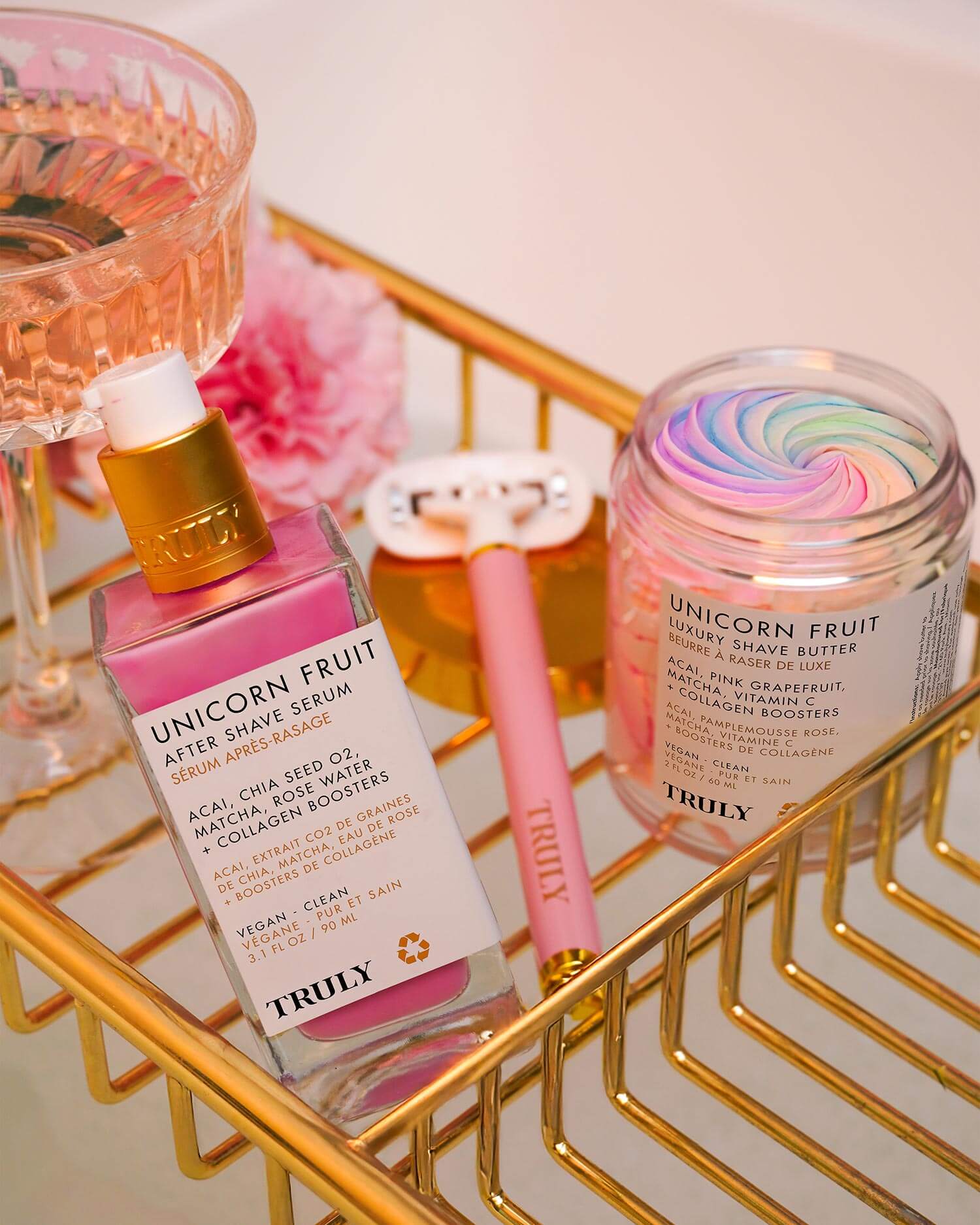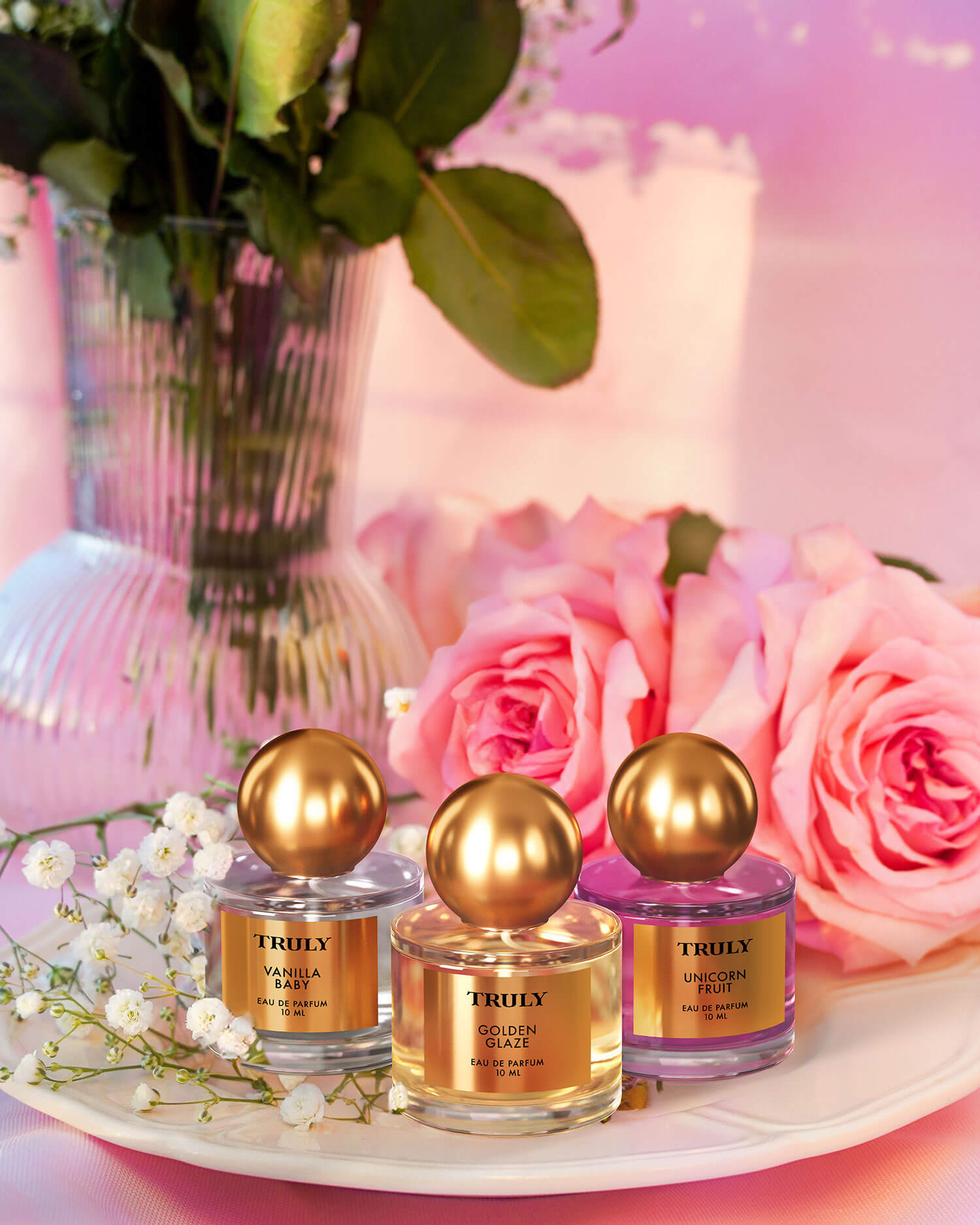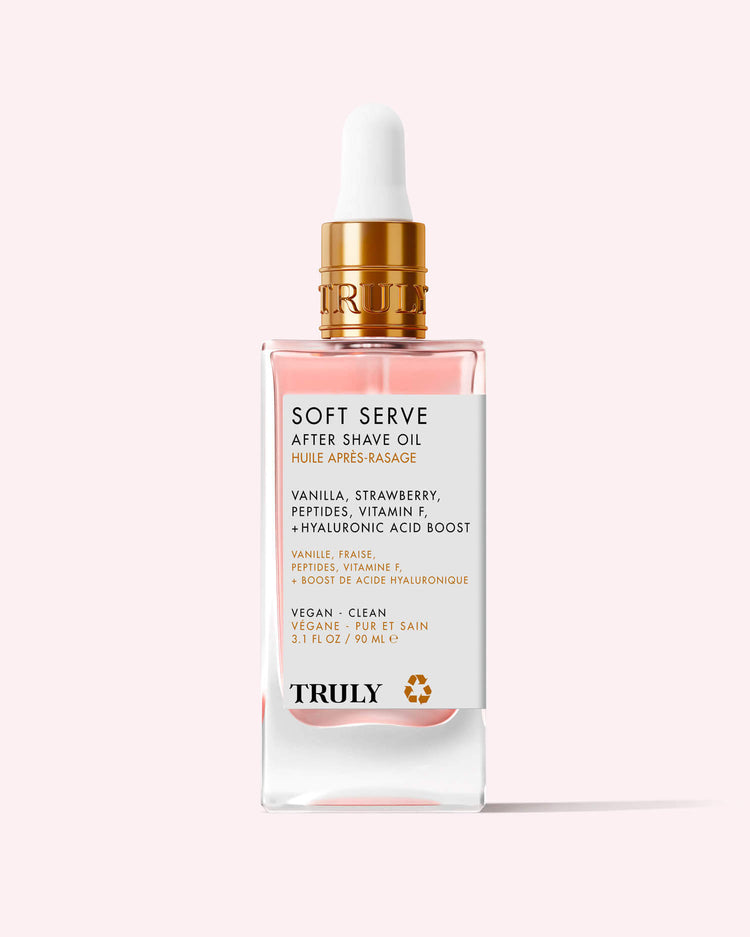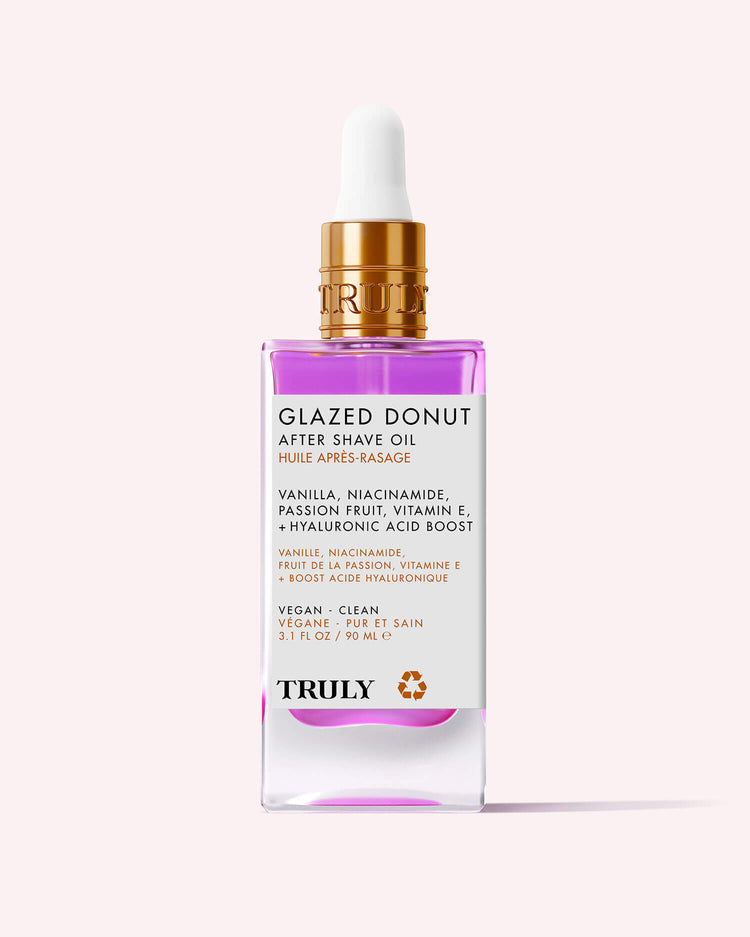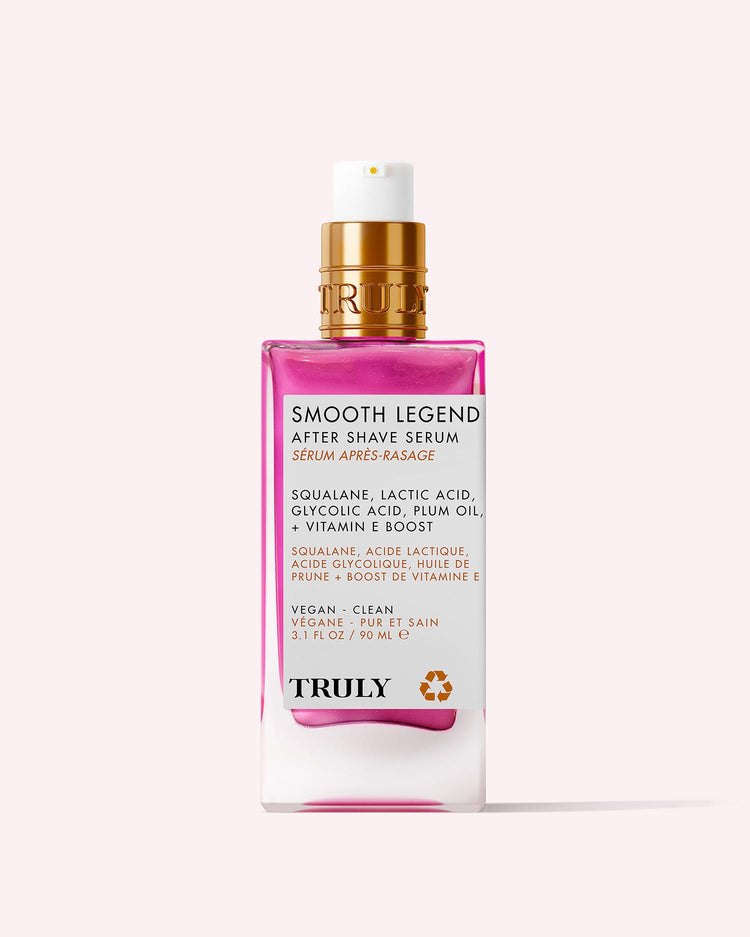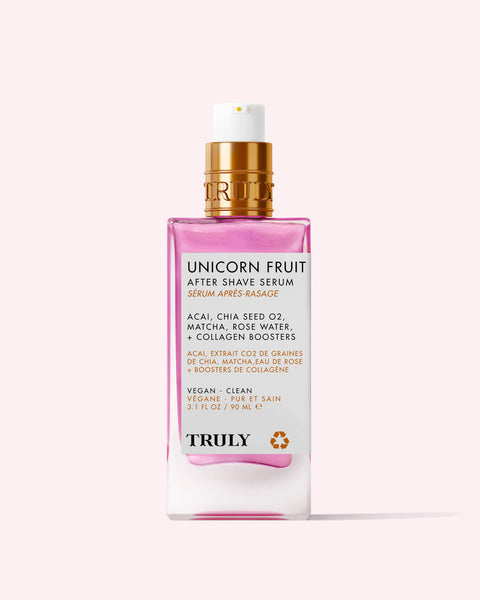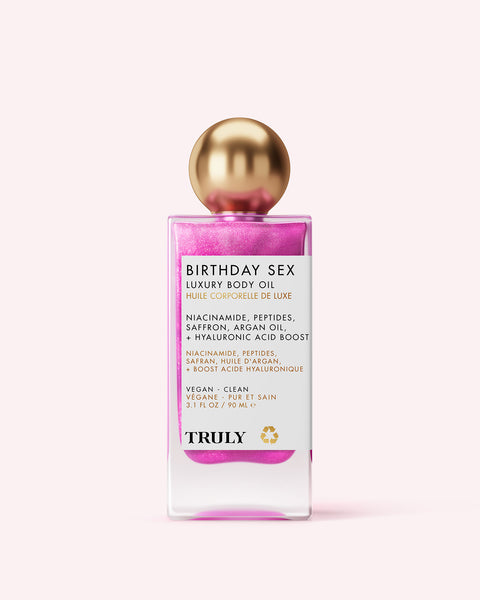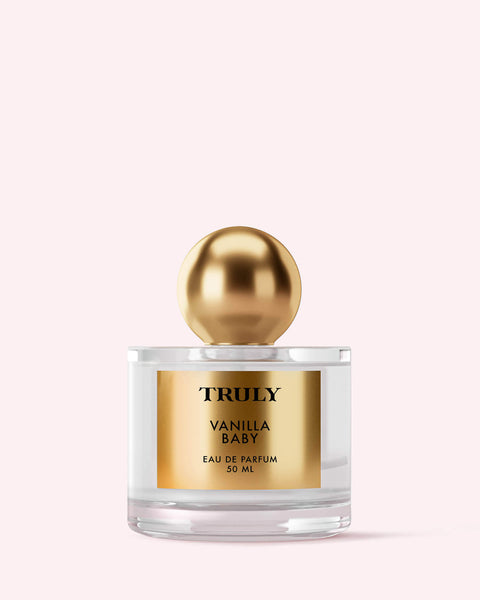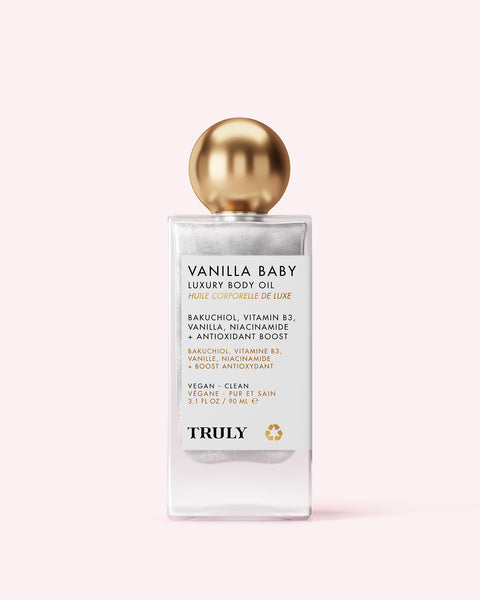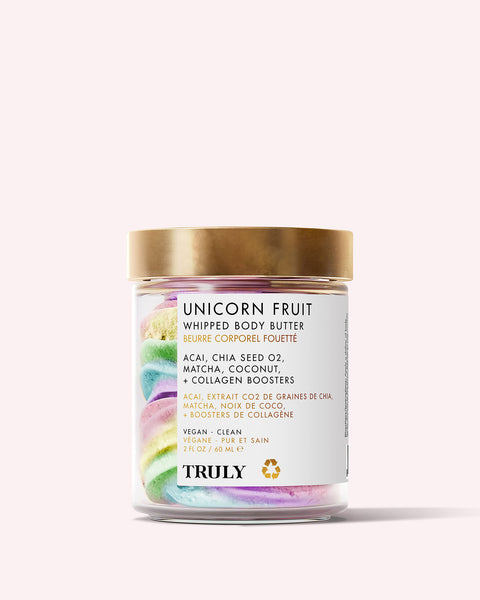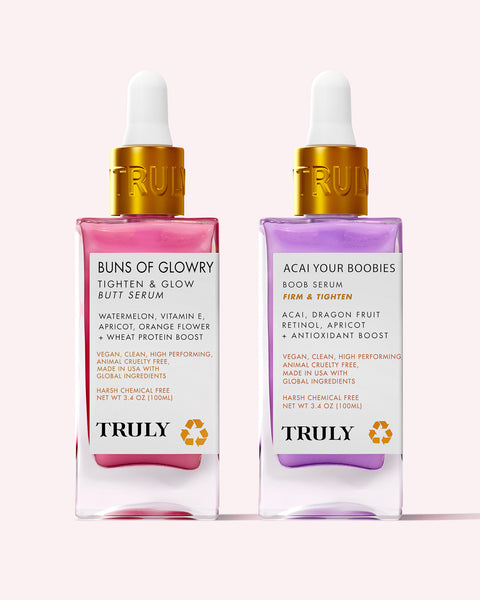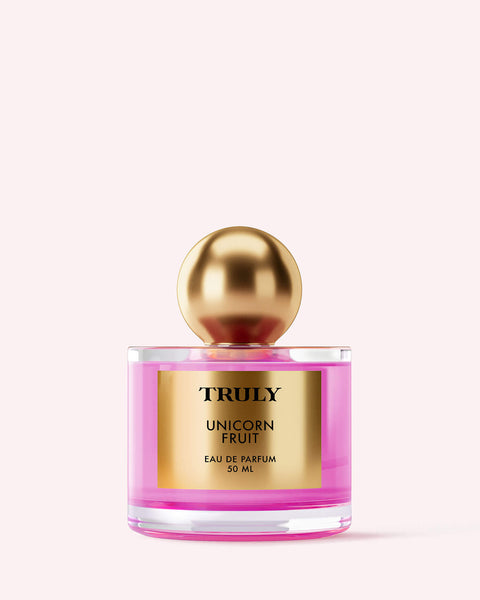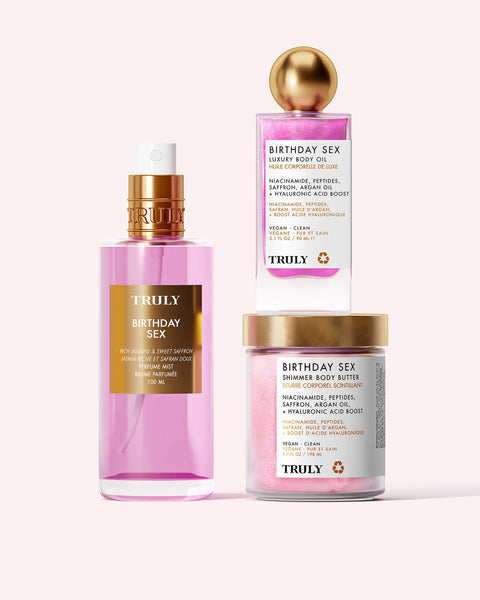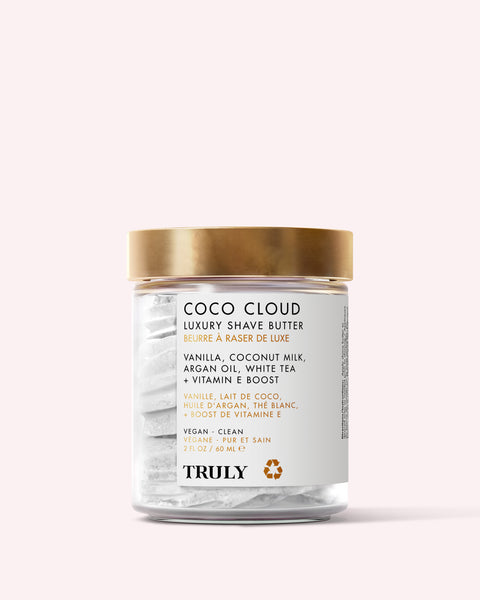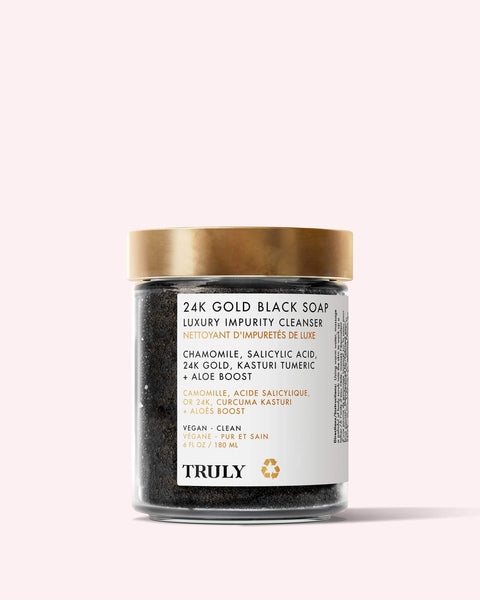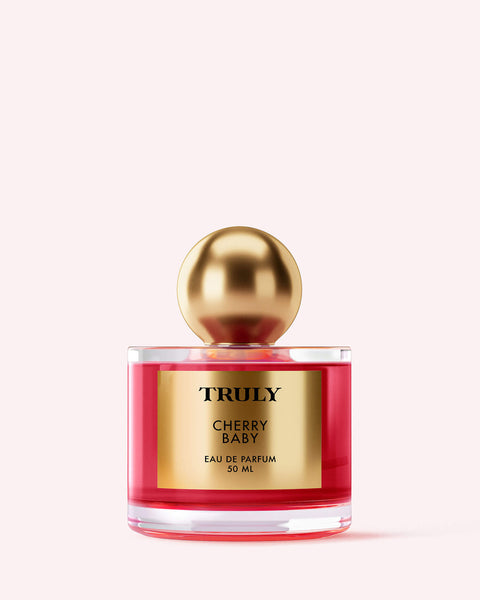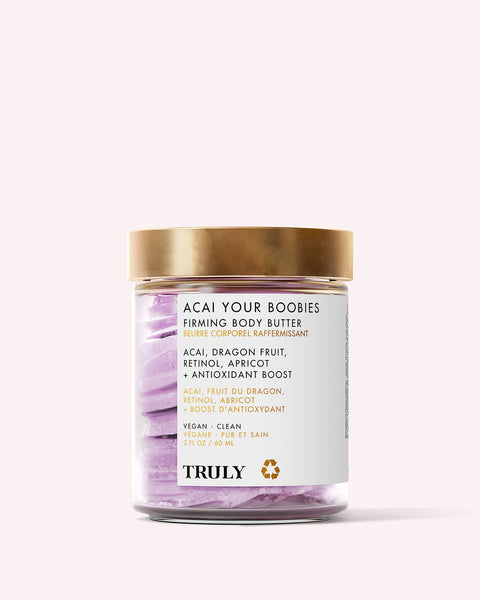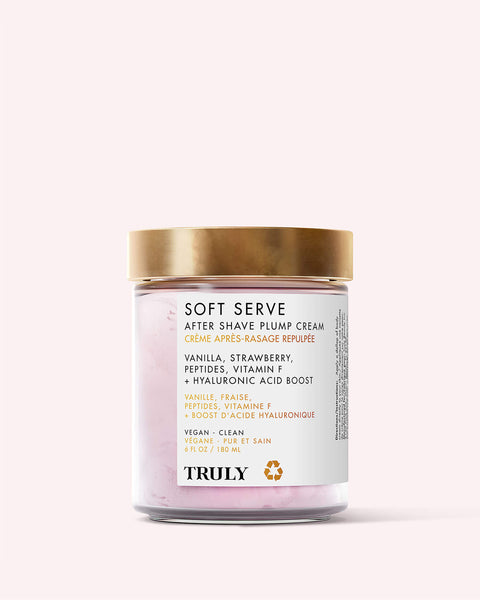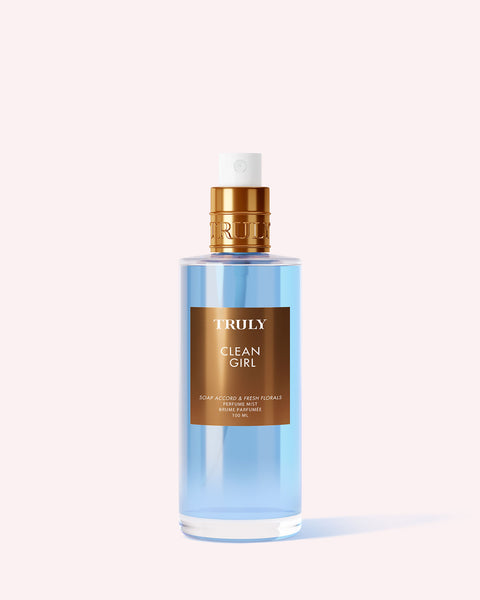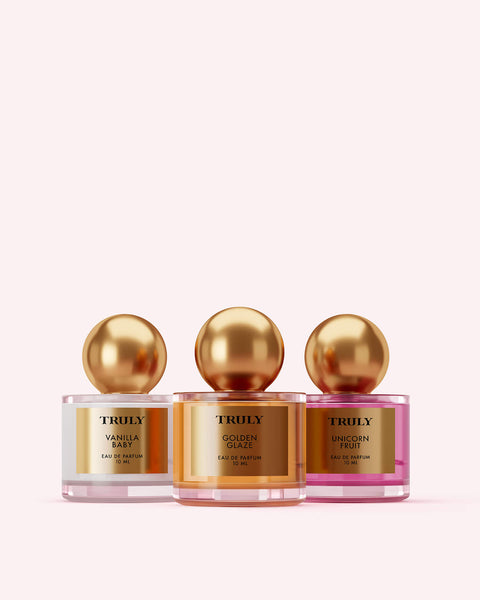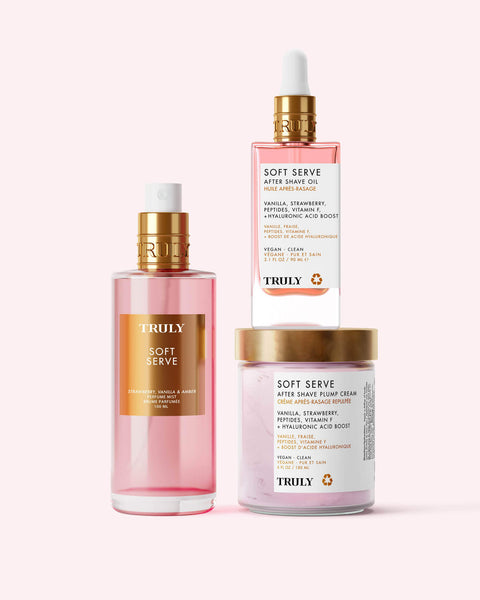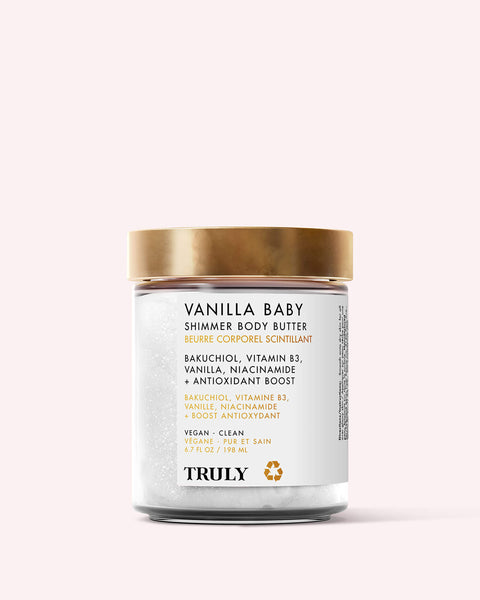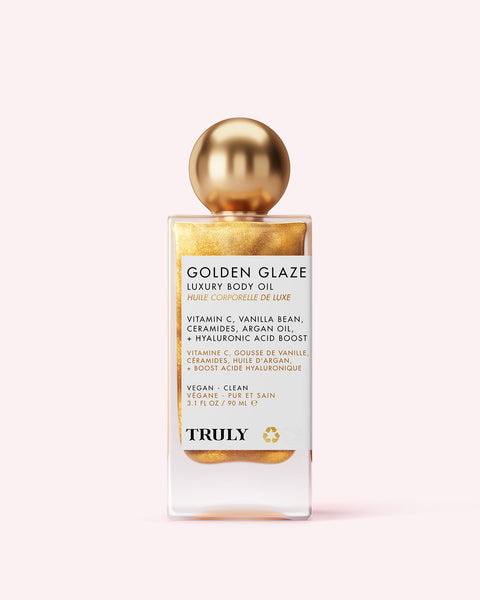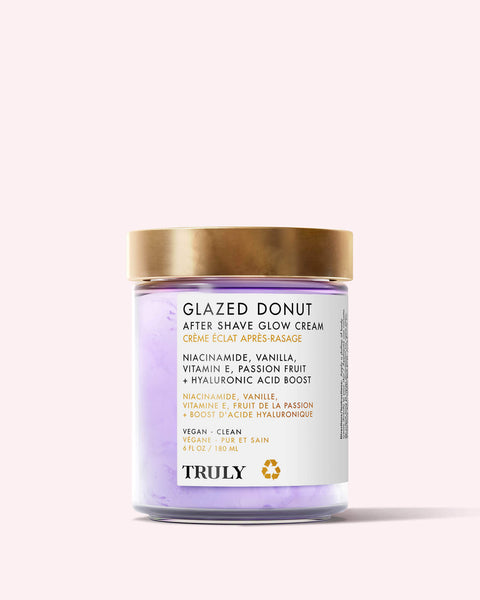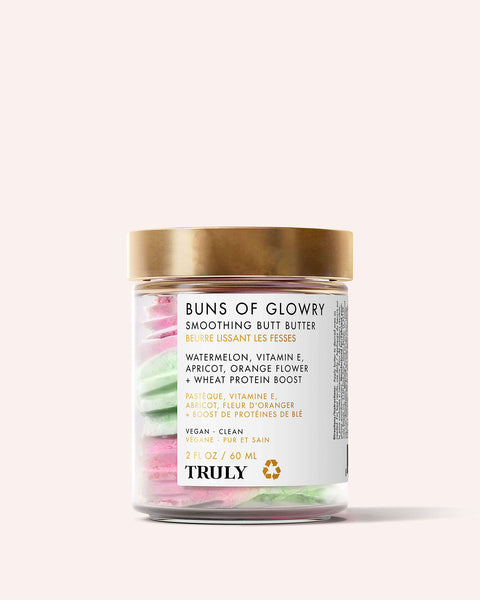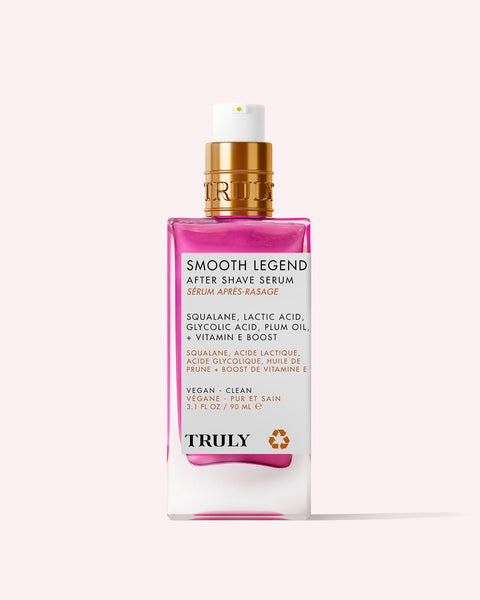The Guide to Sucking The Gunk Out of Pimples: Scar Free

When pimples pop to the surface of the skin, it's tempting to pick, prod, and squeeze out all that nasty gunk.
Don't.
The problem with picking your pimples is it can make things a whole lot worse. Think acne scars and hyperpigmentation!
There is actually a right way to suck the gunk out of your zits but picking isn't it.
Let us show you why you'll want to avoid squeezing your breakouts, tips to stop picking, and how to treat them so you can enjoy a smooth, blemish-free complexion.
WHY YOU NEED TO STOP PICKING...LIKE, RN
Generally speaking, blackheads, whiteheads, comedones, and pustules shouldn't be picked or popped.
According to the derms, it can cause a lot more damage than good.
"If a pimple is manipulated too aggressively when it is popped, this can cause damage to the surrounding skin and lead to true scarring. Also, excessive manipulation of pimples can potentially introduce other bacteria to the area causing local skin infections," says New York City dermatologist Dr. Carlos A. Charles.
Without a doubt, the biggest downside to popping your pimples is the long-term acne scarring it causes. While breakouts can be handled with a good skincare routine, acne scars can't be treated so easily. They take a long time to heal - anywhere from a few months to a few years, depending on the individual.
In other words, keep your paws off!
Invest in a cleanser formulated with salicylic acid or benzoyl peroxide, a topical spot treatment, and a lightweight, non-comedogenic moisturizer to maintain clear, clarified skin. Avoid wearing heavy lotions and using irritating exfoliants which may worsen your symptoms. After all, the less pimples you have, the less you'll have to pick.
HOW TO AVOID PICKING YOUR PIMPLES
Skin picking is becoming more widespread. Are you a pimple picker? Here are a few methods to break the habit.
Avoid Mirrors: Do you constantly stare into a magnified mirror, analyzing your pimples one by one? It's time to kick the habit. Spending too much time in front of your mirror - especially a magnified one - only highlights your blemishes even more, triggering temptation to pick.
By avoiding your mirror, you won't have chance to scrutinize your skin, and this can really help in keeping your fingers off your face.
Use Acne Patches: Forget pore strips and stickers, and try pimple patches instead. In addition to treating the breakout itself, covering your zits with a hydrocolloid patch will prevent you from picking. It's the easiest and most effective way to simultaneously target and treat your breakout.
Try a Hot Compress: A warm compress stimulates blood flow to your zit and triggers skin regeneration. It can also prevent your blemish from drying out and reduce inflammation in the area to further ward off picking temptations.
Keep Your Hands Busy: When you feel that desire to pick approaching, turn your attention so something else - something you can do to occupy your hands.
Whether it's playing with a stress ball, baking a batch of cookies, or peeling a clementine, keep your hands busy and away from your face. Make this a habit and it'll be easy to stop your picking urges.
Meditate: Meditation is another helpful way to develop new habits and reduce stress. It's also said to lower anxiety.
"Refocusing with healthier ways of redirecting energy can be adequate can break the habit of picking," says board-certified dermatologist Michele Farber. Consider taking a class or downloading a meditation app.
Indulge in a Face Mask: Applying a soothing, breakout-banishing face mask not only provides a protective barrier between your face and fingers, but actively targets existing pimples. Slather your skin in Truly's Hemp Jelly Anti-Blemish Face Mask. It's made with retinol, aloe, and hemp to dissolve dead skin cells, un-clog pores, and minimize pores.
If you're looking to hydrate your skin, look out for a mask that contains hyaluronic acid and niacinamide.
THE BEST METHOD FOR EXTRACTING GUNK FROM ZITS
For decades, we've been treating our zits will also sorts of DIY treatments in a bid to de-gunk and clarify our complexions.
Now there's an easier way to do it that's proven to work: pimple patches, aka zit stickers. Whatever you want to call them, these acne stickers are the acne treatment you need in your life to banish breakouts and prevent pimples from forming in the first place.
"Pimple patches come in the form of hydrocolloid bandages, which doctors have used for decades in wound healing," says dermatologist Marnie Nussbaum. "They are an effective way to target a with a premeasured dose of acne-fighting ingredients.'"
These sebum-sucking patches work because they absorb excess fluid, removing the dirt and oil that may be behind your breakouts.
What's more, they help stop you from picking at your pimples, reducing the risk of acne scarring.
HOW OUR PIMPLE PATCHES FLATTEN AND DRAIN ZIT PUSS
The process is pretty gross, but the important thing? It works like a charm.
The patch works by helping the skin absorb the acne-fighting ingredients in the patch like retinol, tea tree oil, and BHAs. Then the lesion should flatten out and fade quickly and efficiently without any scarring.
At Truly, we offer a variety of different acne patches that are suitable for any skin type, including sensitive skin, and effective at resolving zits without causing dryness. Order our Super Acne Trio today.
These hydrocolloid patches work best for formed zits, like whiteheads, as they draw out the gunk and absorb the pus and oil.
Simply apply the patch to the affected pimple, leave it on for at least six hours to work its gunk-draining magic, and remove the patch. You'll even be able to see the drainage sucked from the blemish left on the patch. We know it sounds gross, but at least you know it's working!
WHEN TO SEE YOUR DERMATOLOGIST
If you have cystic acne and no treatment is currently working, it's time to visit a dermatology professional or esthetician for in-office treatments.
In the meantime, keep wearing your sunscreen (SPF 30-50) and keep your skin healthy and protected!
